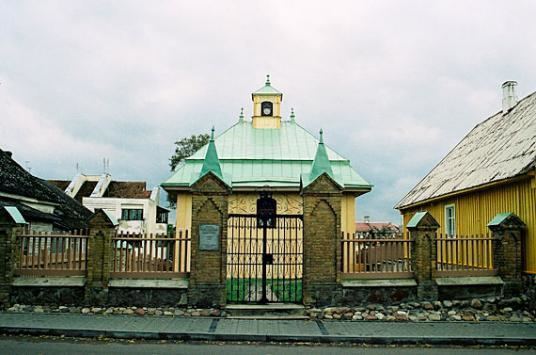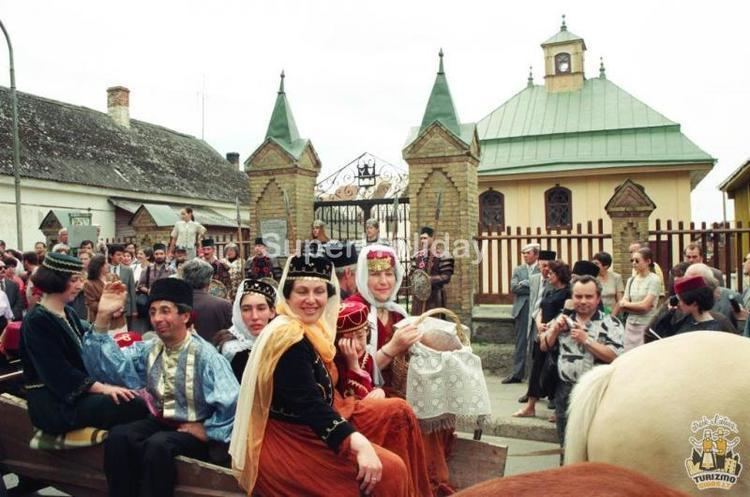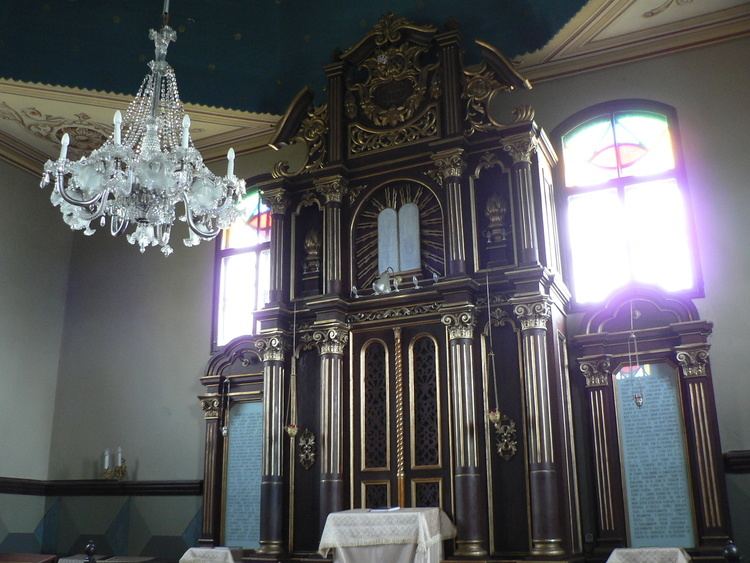 | ||
Similar Juma‑Jami Mosque - Yevpatoria, Eupatorian Kenassas, Trakai Historical National, Trakai Island Castle, Vilnius Kenesa | ||
Forgotten synagogue of kiev karaite kenesa
Kenesa is the term for a Karaite or Persian synagogue. The word derives from the Aramaic word for "assembly" (in Hebrew, the word for synagogue is beit knesset).
Contents

Modern Karaite kenesas are similar to Rabbinical synagogues. In Eastern Europe they are laid out along north-south axis (Jerusalem direction). Starting from the northern entrance, kenesa contains:


Some Karaites kenesas also have a rood screen
Wilno kenessa kenesa w wilnie
Surviving kenesas

There were 20 kenesas in the former Russian Empire, nine of them in Crimea (by 1918, two more were added). All surviving kenesas are listed memorial buildings, however, many are in a dilapidated state, and others, like Sebastopol kenesa, although in better shape, are managed by public authorities or private owners, not the Karaite communities. The principal, operating place of Karaite worship in Ukraine is located in Yevpatoria, Crimea. It actually contains two independent kenesas, re-opened to the public in 2005 and 1999.
Kenesas in Lithuania were built in the 14th century; in Trakai, Biržai, Kėdainiai, Panevėžys and Vilnius. An early 20th-century kenesa still stands in Trakai, Lithuania and another one in Vilnius; both are in service. No kenesas survived in Galicia, where Karaites were present since the 13th century, the last kenesa in Halych was destroyed by the Soviets in 1985. The only surviving kenesa in Turkey is in Istanbul, in the Hasköy neighborhood.

